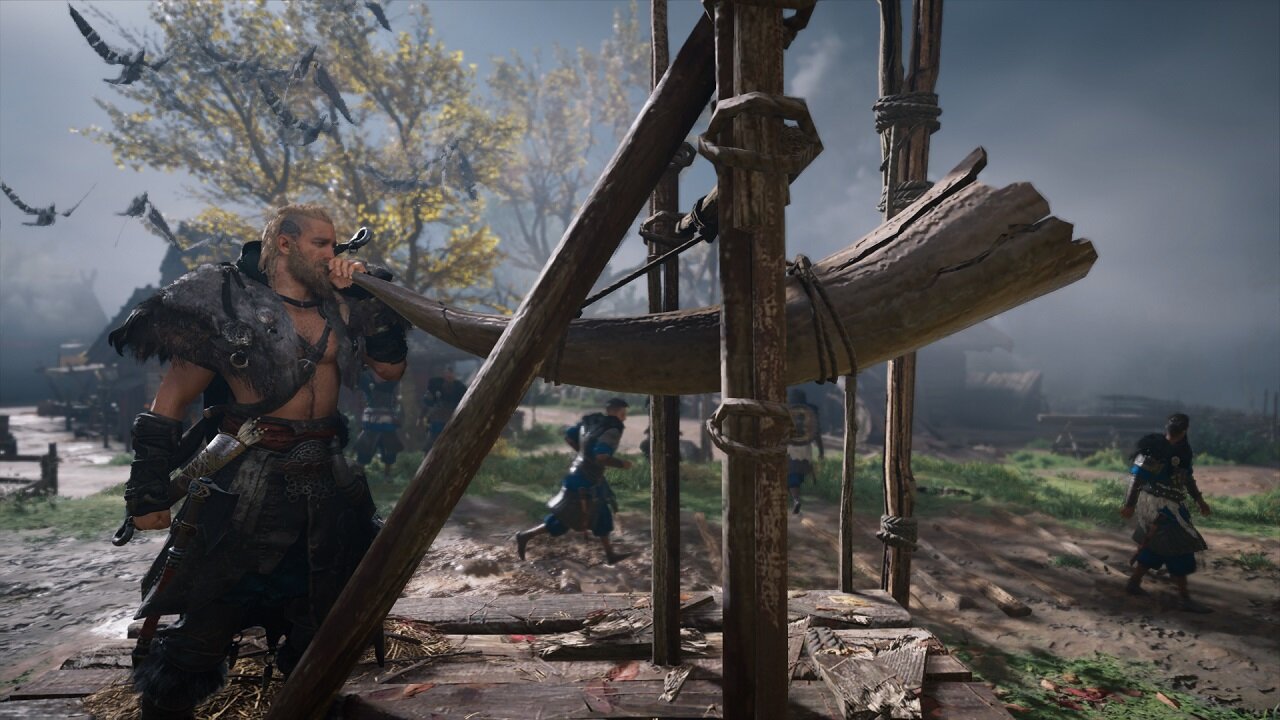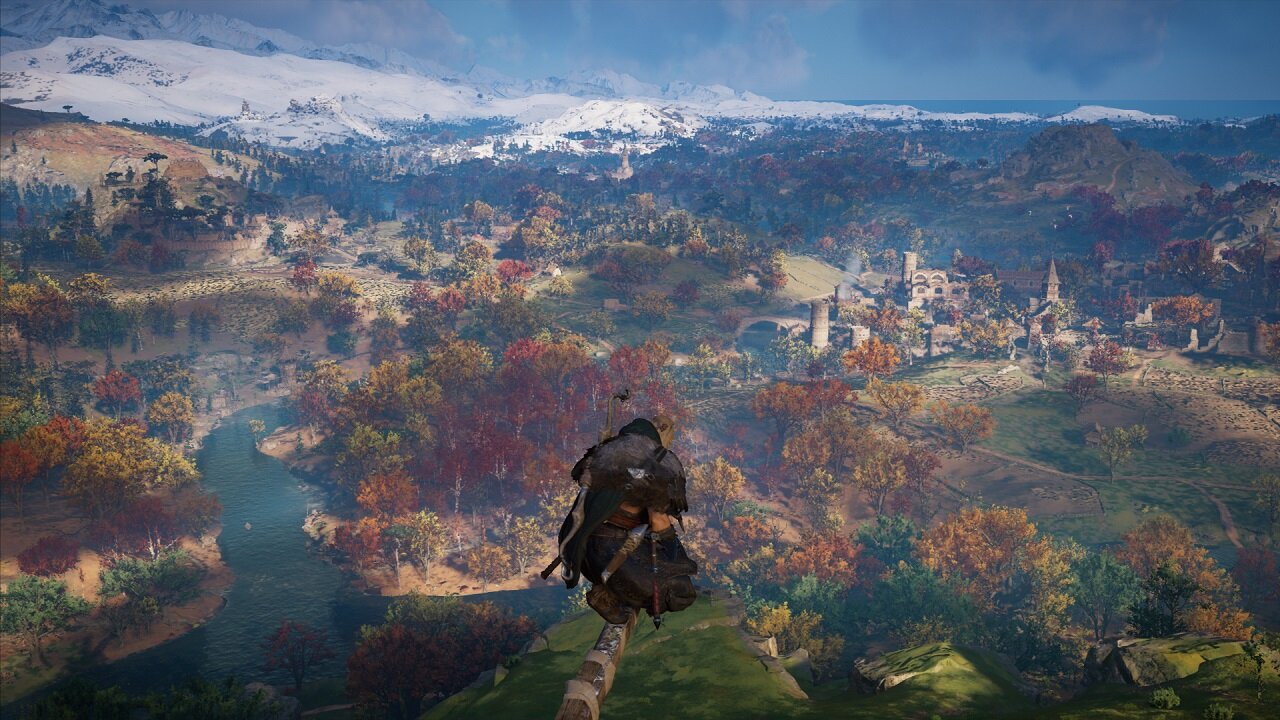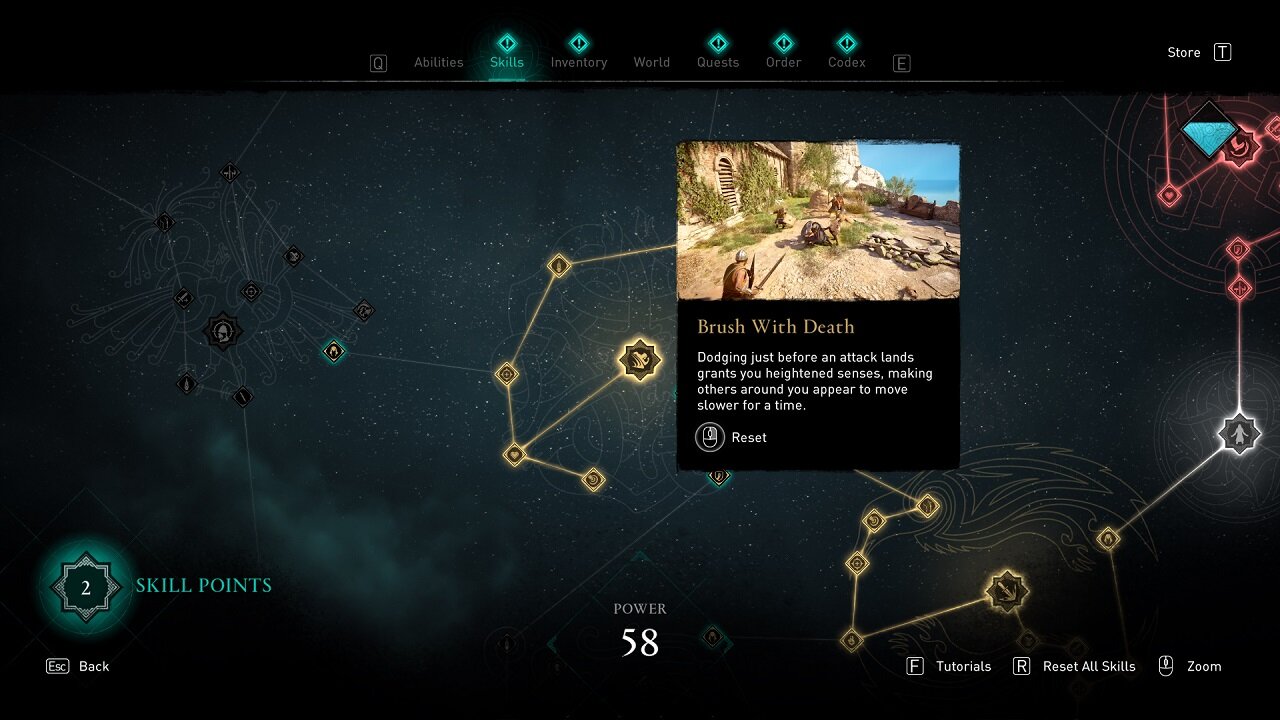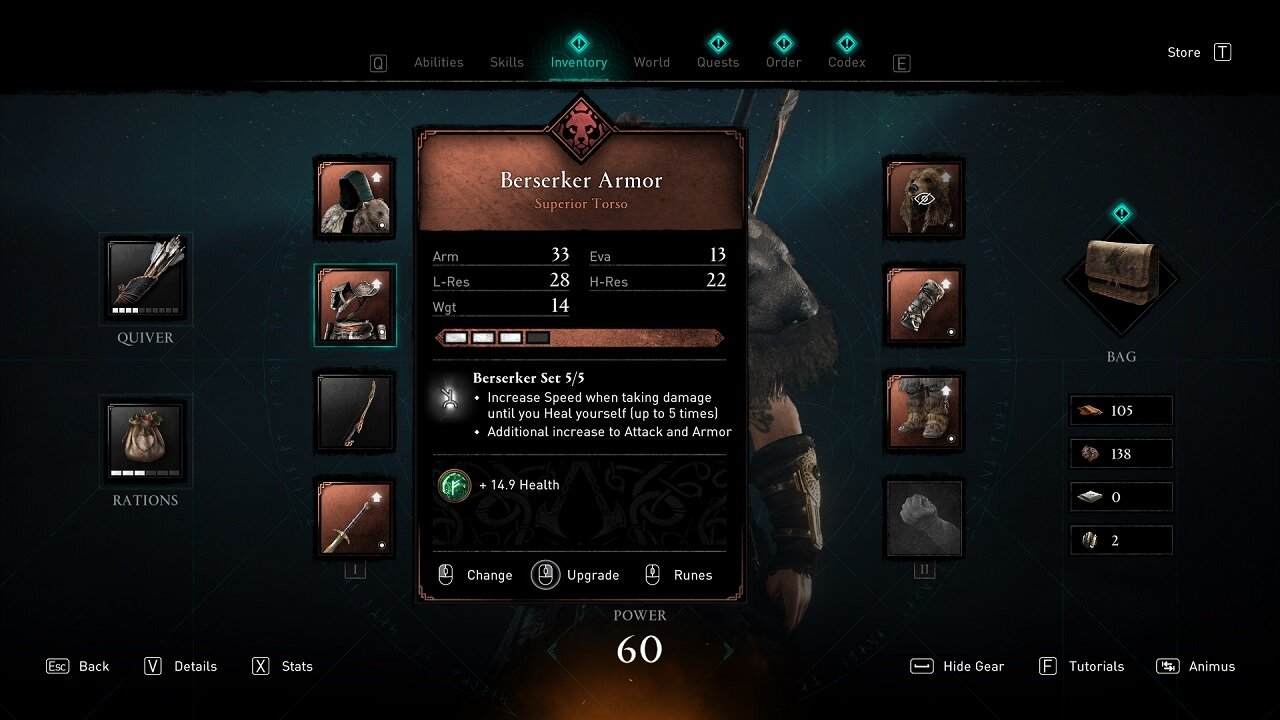Assassin’s Creed Valhalla Review-In-Progress
/I have not yet finished Assassin’s Creed Valhalla. I’m 30 hours in and I’ve spent days exploring parts of England and Norway as Eivor. I foresee myself spending a few more weeks here, as this open-world adventure is jam-packed with activities, just like Assassin’s Creed Odyssey.
So far, Valhalla is a great entry in the franchise, but don’t expect core changes to the Origins mold, even though this entry is in line with the release of two next-gen consoles. What we have here is a great open-world game that’s been fine-tuned based on what Ubisoft’s developers experienced in the last three years.
If you played Assassin’s Creed Syndicate, then jumped into Assassin’s Creed Origins right afterward, the changes were bold and significant, and it was hard to believe at first that this is what Assassin’s Creed would be going forward. Three years after Origins, I’ve come to accept the new game design approach Ubisoft has established for the future of the franchise. Valhalla retains the same approach as the last two games, and it’s simply an updated version of this new formula coated in a Viking-themed setting. The iconic leaps of faith, stealthy assassin kills, and other key Assassin’s Creed elements remain present, but putting that aside reveals a brutal open-world game that starts slow but slowly gathers momentum as features open up and you eventually find yourself lost in the many points of interests that populate the vast English landscape.
Cool setting, less-cool characters
You play as Eivor, a respectable fighter in the Raven clan that has set its sights on making England their new home. They established a colony upon arrival, and from there the game starts as players are tasked to explore the land, improve their settlement, and interact with nearby colonies.
The main narrative starts weak, and while Eivor himself/herself is a decent protagonist, the supporting characters in each story arc have so far failed to leave a notable impression.
The mystery of this man’s pain in his head.
As I need more time to let the narrative develop, the overall story will be reserved for a future take; so far, its slow burn is the least appealing part of Valhalla. Each main quest eventually concludes with a heavy choice a player has to make, but so far it’s not significant enough for me to look back, or question my choices. I’ll need more time with the game to see how everything pans out, but so far, everything from the characters and their interactions has been lackluster, including their personalities and even voice acting.
I do find satisfaction from the side quests scattered across each section of the map. Mysteries, as the game calls it, are short and sweet narrative experiences that range from simple to downright silly. I was once tasked to steal a box of clothes from a group of people swimming in a lake so that they can “stay naked forever”, or so says the character that gave me the task. In another instance, I had to convince a child that her father would not come home. This type of content piques my curiosity, as I wonder what other mysteries I could stumble upon next.
I see treasure!
Oh, there’s loot nearby!
Mysteries are just one type of activity found in each region. Raids are similar to Odyssey’s garrisons, but this time you are looting all the valuables from that settlement with the help from your raiding crew, which you can hand-pick yourself later in the game. Then, we have points of interest called Wealth which are locations of valuable chests that will either reward you with new equipment, materials that will improve your arsenal, or a new skill for Eivor to use through Adrenaline. Each region in Valhalla is filled with all of these activities and they can be addicting to pick up as it feels like there’s always one close by and you just have to get there.
It’s a satisfying loop, especially for the completionists, as it’s fun to go around and do the usual fluff as it strengthens my version of Eivor. Traditional Level-ups are gone, replaced by a Power system that functions as a guide to how strong you are. This is a great change, as one complaint I had with Odyssey is that I felt forced to grind mundane side quests in order to achieve a certain level just to progress or tackle specific content. In Valhalla, I don’t feel gated. Some areas have a suggested power level, but that doesn’t mean I can’t take that objective on. It will be harder, sure, but I’ve succeeded against areas with a suggested power of 90 with my Eivor at a measly power level of 22.
Larger nodes are passives skills while small nodes increase specific stats for Eivor.
The system and its skill tree is reminiscent of skill trees found in games like Path of Exile or Final Fantasy X - you create a unique path with your skill points to aim for a specific build. This is probably the largest skill tree system in an Assassin’s Creed game, but I need more time and skill points to really see how much depth this system has in the later parts of the game. So far, after 30 hours, I see a lot of potential that could please action-RPG fans. It’s also good to know that resetting your skill tree is free, so there’s no commitment required and you are free to switch at any given time.
Combat in Valhalla is similar to Odyssey, but each swing feels significant and meatier, as each blow is flavored with satisfying audio cues to help you hear the weight of any of the weapons you wield. It’s still a fun combat system that’s now filled with gruesome kill animations of heads flying and everything, a constant reminder that this is a telling of a brutal viking saga.
Outside combat, all forms of movement for Eivor from climbing to parkour recall any previous Assassin’s Creed protagonist. Character controls and movement are just like Odyssey and Origins, and even the UI when navigating the character screens is the same. Controlling Eivor is easy. Climbing, for instance, only requires you to move forward and hold one button, and off he goes. It's a simplified movement system that’s been around for years, and given how many Assassin’s Creed games I’ve played before Valhalla, this type of movement has become expected and continues to work well for the series.
A similar UI found in Odyssey and Origin.
Itemization, simplified
There’s a decent amount of weapon types to play around with and explore the system. You’ve even got the ability to dual-wield two weapons, each with different attack animations depending on the hand you’re using. If, say, you are coming from Odyssey, the biggest change will probably be the amount of loot you’ll find in the world. The loot system is more simplified; Valhalla isn’t a looter in the vein game of games like Diablo or Destiny 2. You won’t be picking up random items with different stats. Instead, new gear and weapons are a rare find, and can be upgraded into higher rarities, improving their base stats as well as giving you the option to further develop them with found materials.
This change goes for Armor pieces as well, as each set caters to a specific play style. Every piece of gear comes with a specific 5-piece set bonus. I’ll soon find out how deep the armor sets and weapons can be in the latter parts of the game, but in the first 30 hours, don’t expect to be spending minutes dismantling unwanted gear found in chests every time you clear an area.
Rain or shine, Valhalla looks stunning
At thirty hours in, the world and its activities are carrying most of the weight, and that’s currently enough for me to get lost in the world of Assassin’s Creed: Valhalla. This game has a lot of land mass to experience, and each section looks stunning visually thanks to the game’s lighting system, with no technical hiccups occurring aside from a few game crashes when interacting with chests.
In the daytime, when the sun is up, light pierces through trees or structures, creating stunning shots that made me stop to appreciate how an area looks at that particular camera angle. The same goes during the night in tundra landscapes, as the night sky is lit with auroras that are just beautiful to see. Valhalla has dynamic weather elements like heavy rains and thick fog that blend well wherever you are, making this one of the most visually stunning Assassin’s Creed games to date. As I was playing the PC version of the game, I messed around with the game’s visual sliders, and from Medium to Ultra settings, the game remains pleasing to the eyes.
I’m pretty excited to play more as I see at least twenty more hours to get a full look at what Valhalla has to offer. The changes to character progression and the more simplified loot system are the most exciting pieces so far, and have the potential to be a staple for the franchise if they continue to develop more Assassin’s Creed games like these.
My complete review of Assassin’s Creed: Valhalla — which is now available — will go into more detail with regards to the overall story, the many features that open up later in the game, and what the character progression feels like at higher Power levels.





















Learn how the new Friend Pass and co-op features work in Lords of the Fallen’s 2.0 update, including crossplay support and how to download it.